Every day, millions of people use Google Maps, Apple Maps, and other popular apps to get transit directions. These directions can be further improved with real-time information and service advisories, providing context when disruptions or delays occur. GTFS-Realtime is a data format that is used to describe service advisories, be it system-wide or specific to particular routes or stops. Here’s all you need to know to build riders’ trust in public transit with GTFS-Realtime.
Service alerts provide crucial context
Service alerts advise riders of schedule changes, delays, closed stops, and detours — information that riders need to feel confident and in control when they ride public transportation. Information about planned and unplanned changes in the apps riders use makes public transportation a more trustworthy and attractive travel option.
Furthermore, research shows that real-time transit information reduces passenger wait times, increases ridership, improves rider satisfaction, and even improves operational efficiency because riders are better informed during disruption events.
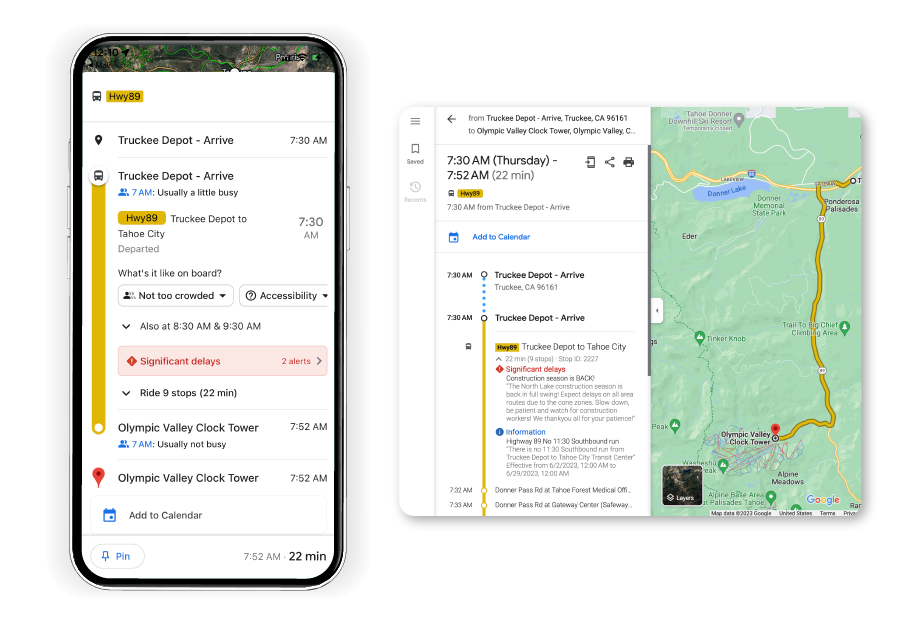
Service advisories in Google Maps (mobile and desktop) for Tahoe Truckee Area Regional Transportation.
What is GTFS-Realtime?
As stated previously, GTFS-realtime is an industry standard format for real-time transit information consumed by many popular applications including Google Maps, Apple Maps, and Transit. GTFS-realtime is a companion to the GTFS schedule data (stop locations, routes, schedules, and fares)and managed by MobilityData, a global non-profit organization that facilitates the development of data specifications for the transport industry. It consists of three separate feeds: Vehicle Positions, Trip Updates (arrival time predictions), and Service Alerts which can be implemented separately or together.
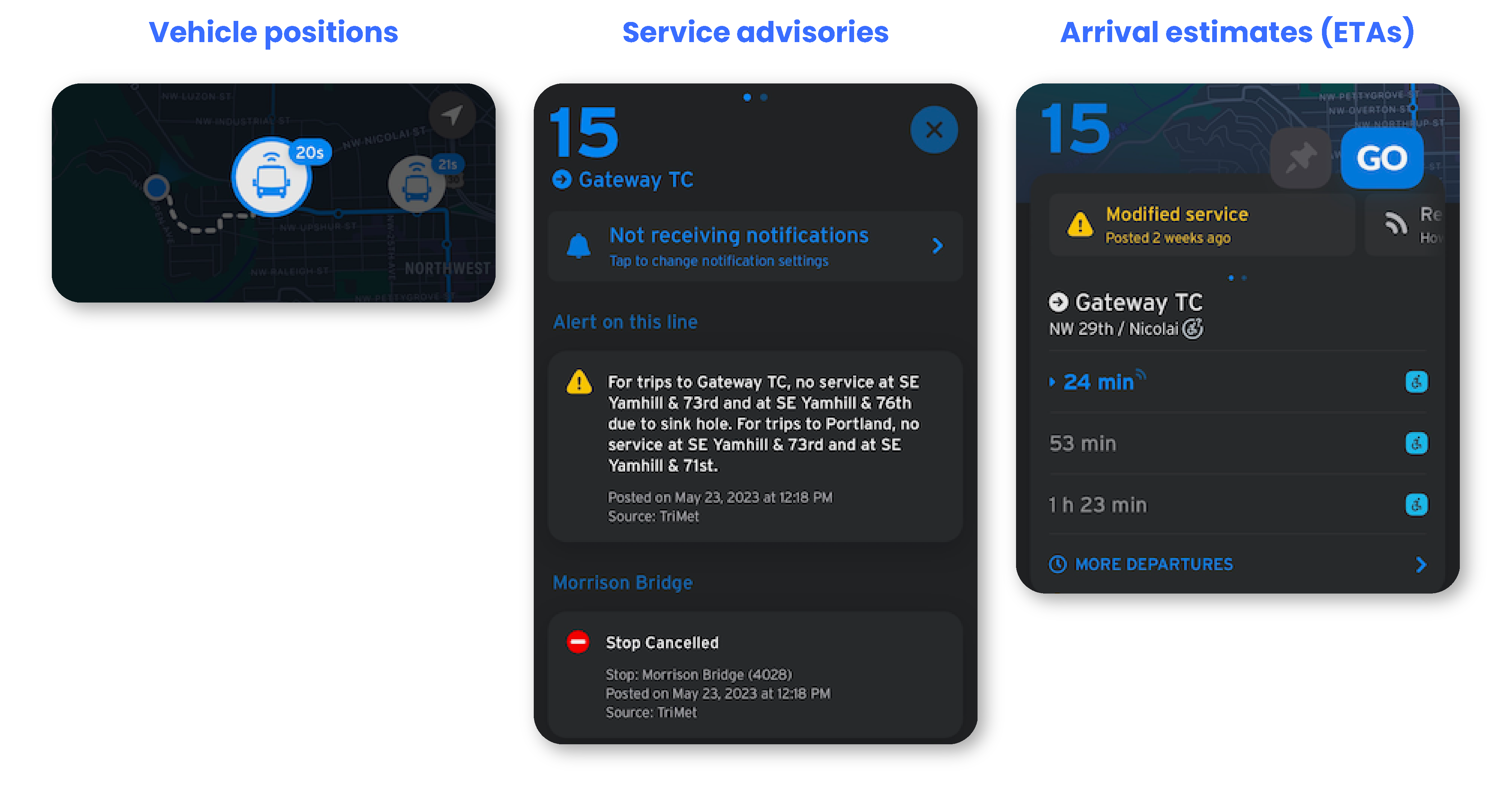
Service advisories in context with real-time information from Transit app
How does a transit system publish service advisories?
GTFS-realtime Service Alerts can be published by software built for managing advisories and service changes. When a GTFS-realtime Service Alerts feed is publisreal-timehed, popular mobile apps will show relevant and important alerts to riders. Systems that publish real-time information and alerts will need schedule information, usually derived from GTFS schedule (static) data produced by a system such as Optibus’s Scheduling or GTFS Manager products. Optibus’s Transit Alerts product can be used to enter alerts and target specific stops and routes.
Contact us if you would like to learn more about how we can help implement GTFS-realtime and build trust with riders.
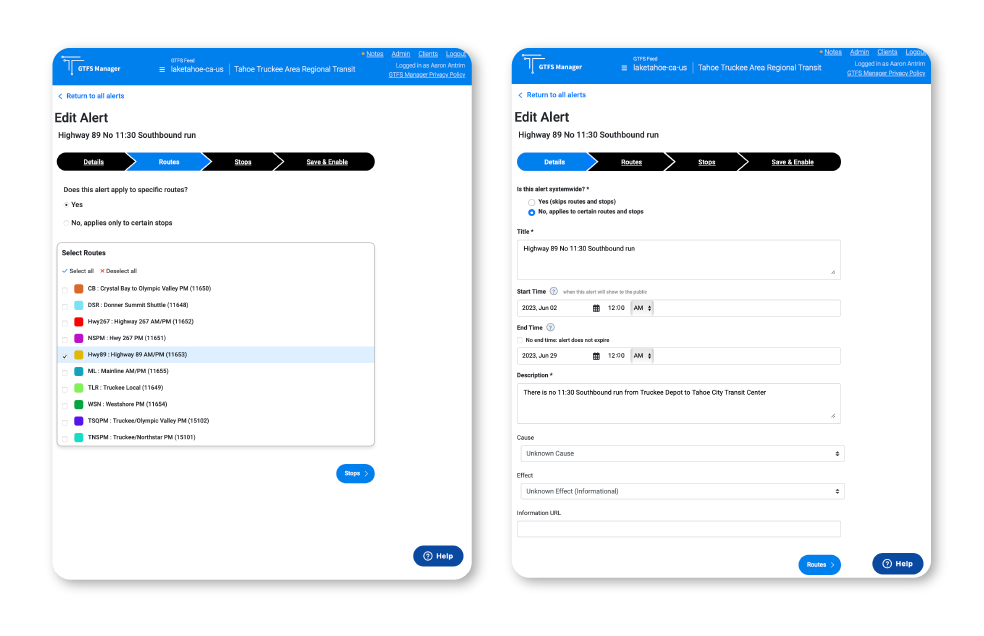
The Trillium Transit Alerts product allows transit systems to enter alerts in a centralized interface, target those alerts to specific routes and stops, and disseminate to riders through the transit agency’s own website and through popular 3rd party apps like Google Maps.
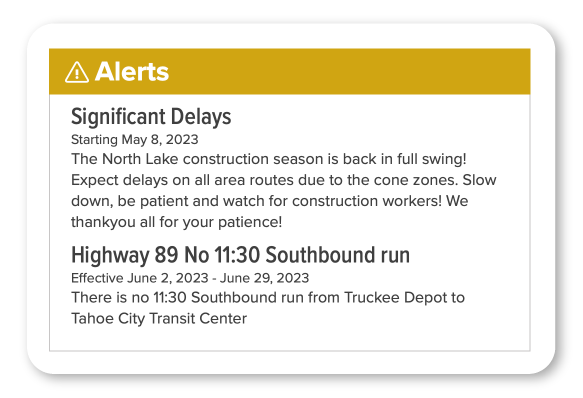
Alerts appear on transit agency websites. Example is from Highway 89 Route in the Tahoe region.

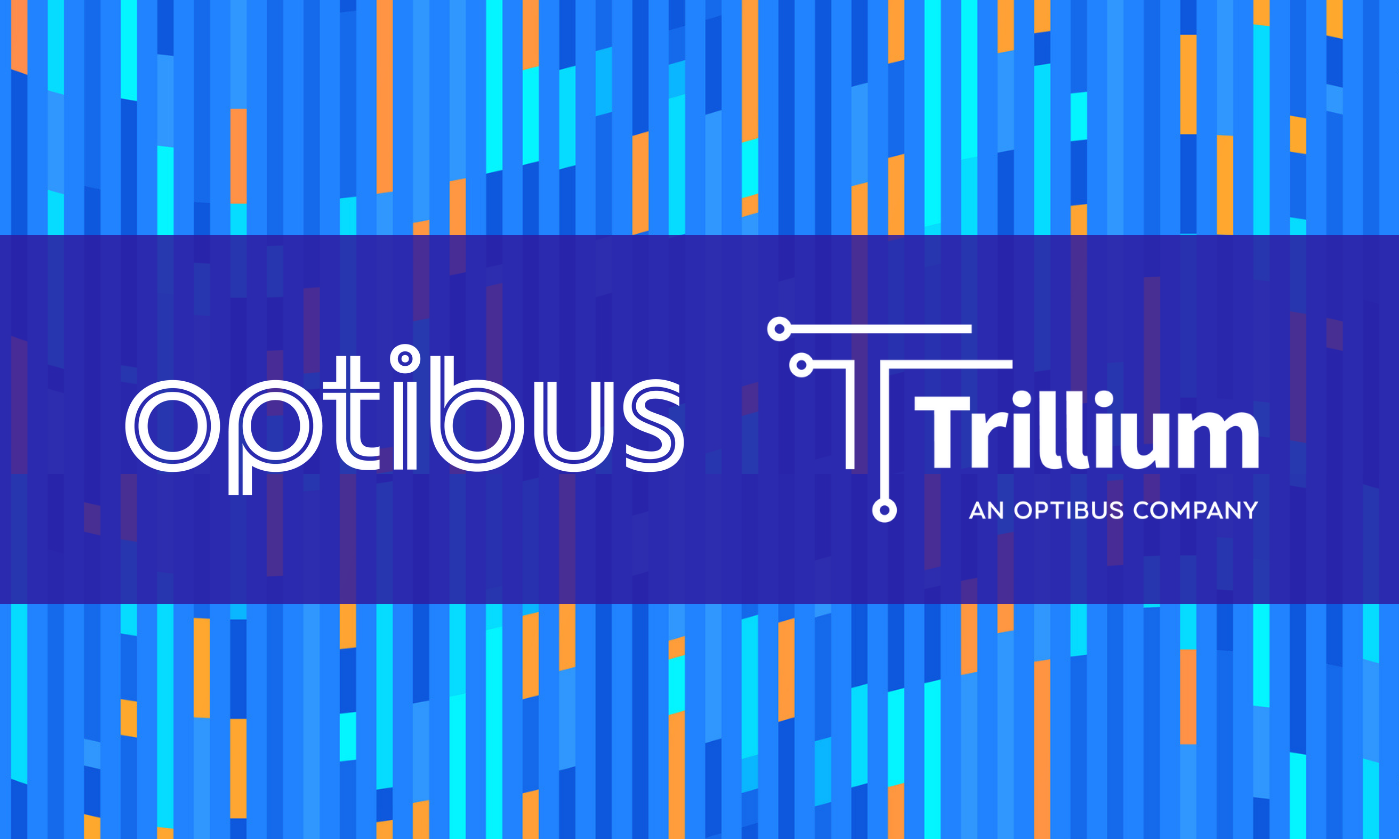
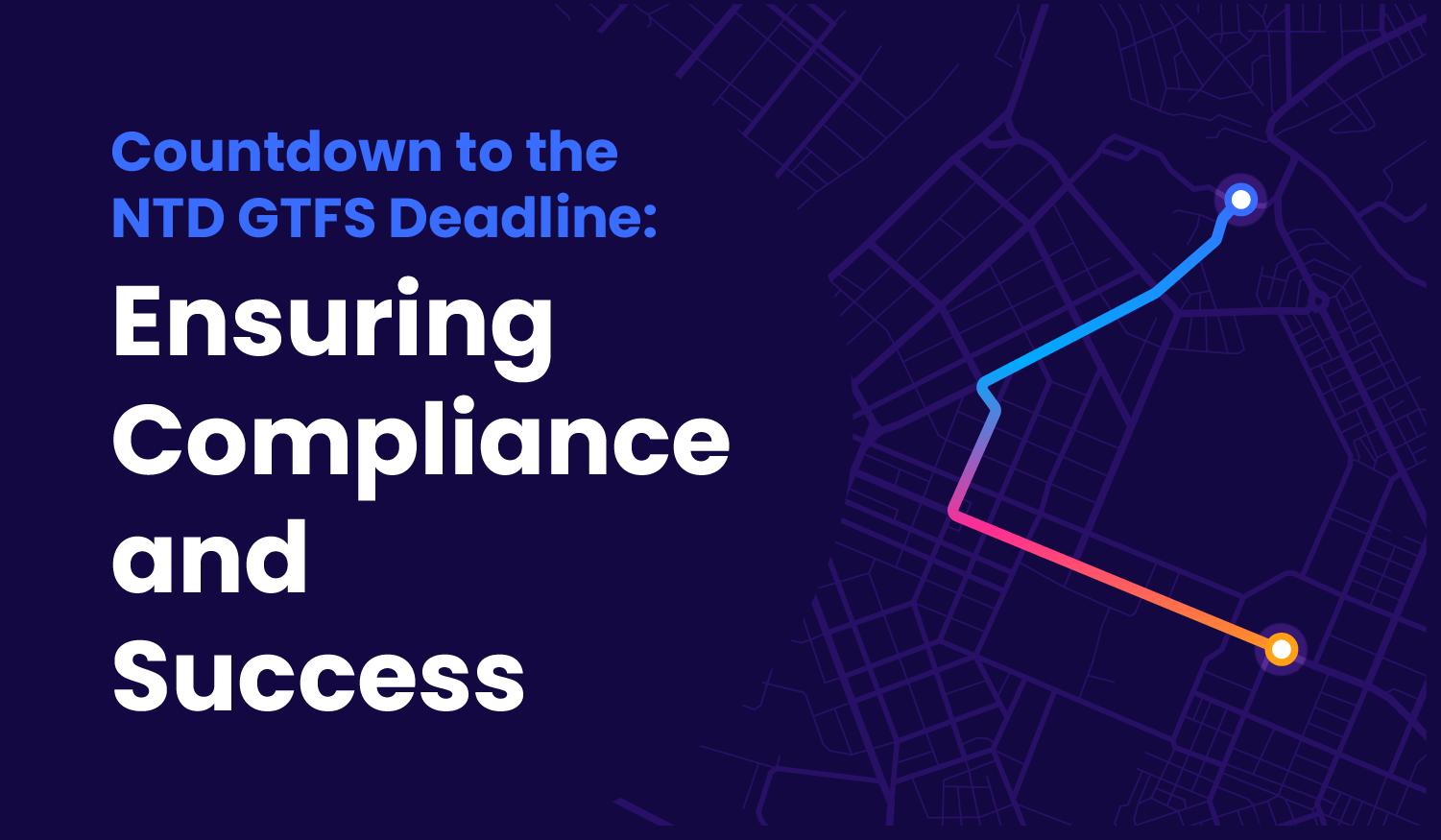

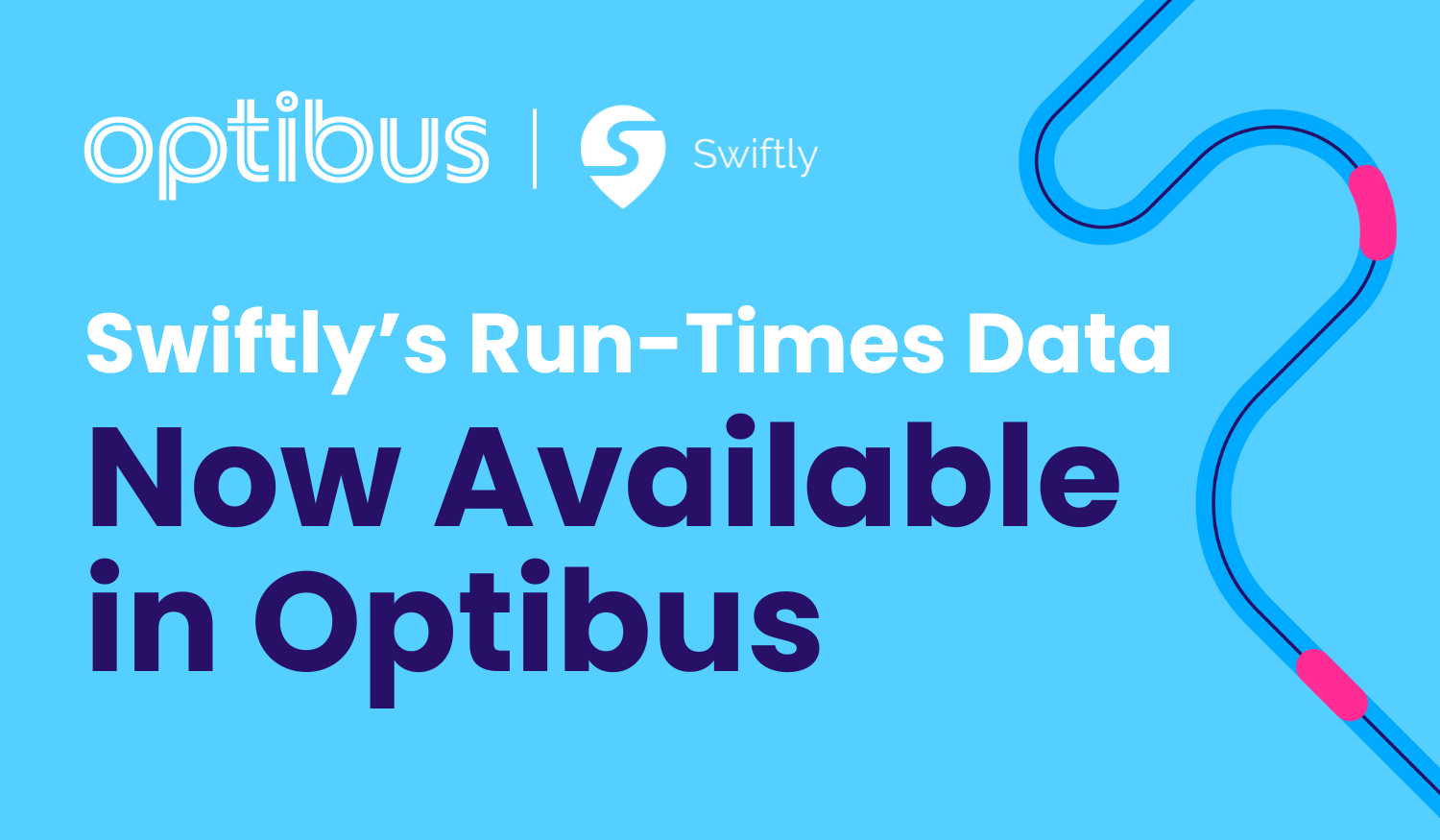

%20(2).png)